No sooner had Brendan Rodgers been appointed Liverpool manager, than the internal clocks of many Liverpool fans began to ominously tick.

Modern football is a ruthless game, especially for managers sandwiched between fans demanding instant success and owners quick to scapegoat them when it isn’t forthcoming. At Liverpool, fan expectation correlates not with the club’s stature or current playing squad, but with the glorious achievements of an ever more distant past.
With Liverpool’s illustrious history as a backdrop, Brendan Rodgers looked like a child at the wheel of a juggernaut as the new Liverpool manager. A man out of his depth. An impostor. But this wasn’t just because of who Brendan Rodgers was. It was in part because of who he wasn’t: Rafael Benitez.
Having sacked Kenny Dalglish, the only way for Fenway Sports Group to appease many fans was to bring back another Anfield legend. Available and still living in the area, Benitez would have been another ‘safe’ option for FSG. Not because of any guarantee of success he would bring – as Chelsea are finding out – but because, as with the appointment of Dalglish, FSG would always be forgiven if it went wrong. King Kenny was the fans’ appointment, and so too could have been Benitez.
Benitez, however, would have brought with him the same baggage as King Kenny: appointing a legend scores you instant brownie points, but sacking one when things go wrong is taboo – even if it’s best for the club. Still, FSG were brave in choosing a manager totally unproven at the highest level when one who had already brought the European Cup to Merseyside was ready and eagerly waiting. Yet once upon a time Benitez was a gamble, too.
When Valencia appointed him as coach they had just reached two back-to-back Champions League finals, while Benitez had only a couple of promotions with Segunda División sides to his name. For Benitez in 2001, see Rodgers 2011. Both managers had made a point of studying the game abroad – Benitez in England and Italy, Rodgers in Spain and Holland – both were still young, and both had already suffered the disappointment of being sacked at small clubs before being given a chance at a big club.
Despite those similarities, much of the fiercest criticism of Rodgers has come from some of Benitez’ biggest supporters, with a variety of theories offered as to why Rodgers simply isn’t up to the job. Some said “The midfield plays too many sideways passes”, while others claimed “There aren’t enough goals in the team”, and we all knew Rodgers didn’t have a “plan B” didn’t we?

One by one the theories have been debunked. Having been prematurely deemed goal-shy, Liverpool have now scored 44 goals in 25 league games, with thirteen different players getting on the score sheet. The decision to let Andy Carroll go out on loan was seen as proof Rodgers could only play one way, but in the last two games against Arsenal and Man City, Liverpool have adopted the antithesis of their usual approach. Instead of holding a high defensive line they sat deep with Carragher in defence. Instead of building slowly, they have broken quickly, and instead of playing keep-ball, Liverpool have played the last two games like a loaded trap waiting to be sprung: coiled and taut. Guarded, but dangerous. Very Rafa Benitez.
Just as with footballers, there are different types and levels of football manager. Some (Harry Redknapp) play roulette, adopting a basic strategy and spinning the wheel, while others play chess, with every tiny aspect of training, tactics and on-field action meticulously planned and scrutinised. Rafa Benitez is obviously a chess-player. So too is Brendan Rodgers.
Benitez’ approach at Liverpool was often criticised for lack of flamboyance that gave his Liverpool sides a degree of rigidity. Pushing a pawn forward may not be dramatic to watch, but it’s sometimes the best move. It was this attention to the intricate and minute that earned Benitez both his fans and his critics. While the pieces may appear to glide more freely across the board under Rodgers, it isn’t because of a lack of tactical application. Under Dalglish last season Liverpool lacked dynamism, almost as if players were given minimal positional instructions and told to simply “go for it!”, but under Rodgers, the attacking play is as calculated as it is cultured. There is a subtle complexity to the game-plan; no mate in four moves, this team is happy to build out of defence with short passes, probing the opposition for a chance to put them in check.

And Rodgers’ strategic approach extends beyond the confines of the playing pitch. It’s quite remarkable that Steven Gerrard has played every minute of every Premier League game this season at 33, while Daniel Agger and Glen Johnson seem to have overcome a familiarity with the treatment table, but this is no stroke of Irish luck. Rodgers’ medical team take a somewhat radical approach to players with fitness issues, reducing the physical intensity of their training between games, and specifying routines to the needs of the individual. This desire to maximise every drop of potential to make even the slightest of gains can also be seen in the appointment of Dr Steve Peters, a sports psychologist credited as a major contributor to the success of the British cycling team.
It’s difficult to know how much of Liverpool’s current transfer and youth policies are FSG’s doing, and how much is down to Rodgers, but logic would dictate that when he eventually agreed to meet the American owners – handing them a 180-page manifesto of his methodology after first rejecting their advances – the two parties’ ideas were on the same page. We know there was some difference, and FSG were impressed enough to drop plans for a Director of Football, but it would appear all parties shared a similar vision for success. The move towards a performance-related wage structure used at Swansea and an emphasis on youth development are both progressive strategies designed to make the club both competitive and sustainable, and indicative of both Rodgers and FSGs holistic philosophies.
Yet Rodgers is also very much a track suit manager, and perhaps it’s his man-management and ability to revitalise under-performing players that have been most impressive. Stuart Downing, Jordan Henderson and Jose Enrique have all enjoyed new leases of life having previously disappointed under Dalglish, but it isn’t just their improved performances that are testament to Rodgers’ ability as a coach. Not all managers have an eye keen enough to adapt players to a role not even they knew they could play. Benitez did it with Kuyt, converting the Dutchman from a sturdy striker into one of the best defensive wingers in the game, and now Rodgers has shown himself to be equally adept at fundamentally altering players’ games, either through giving them a new position (Enrique) or an appetite to succeed (Downing and Henderson).

Luis Suarez is another whose game has gone up a notch this year. It’s easy to forget how many chances the Uruguayan needed to score last season and how often his build-up play was lacking, but what’s clear now is that Rodgers is getting the most out of him, and Suarez is enjoying playing for him. The addition of Sturridge has liberated Suarez from the central striking role and given Liverpool another dimension to their play. If there’s one thing Liverpool’s number seven doesn’t have in abundance, it’s pace, but the same cannot be said about Sturridge, whose presence forces defences to sit deeper to close out the space between themselves and the goalkeeper. This in-turn leaves gaps between defence and midfield in which a players Suarez can thrive, and with Sturridge’s ability to keep possession in the opponents’ half, the two have already started linking up to excellent effect. Coutinho is another who will add flair, pace and movement between the lines, as Liverpool begin to look more like a Champions League side.
There is still some distance to go, though, and Rodgers is a long way from equalling the successes Benitez loyalists can point to. Under Rafa, when Liverpool went one nil up the game was often won already, while Rodgers’ team struggle to hold on to a lead against the league’s top sides. The midfield still needs some tweaking, and one or two further additions may be required in defence, but the outline of an impressive side is beginning to emerge at Anfield.
One oft-spoken criticism persists, however: Liverpool are yet to beat a side above them in the league – an observation less relevant the higher they climb – and have failed to defeat any of the top ten sides. Not that they need to. Beating the bottom ten home and away while taking a point against the top half at home would yield 69 points and an all but guaranteed place in the Champions League.
Rodgers’ young team will need to start taking all three points from top sides – as opposed to merely proving they deserve them – to win over the most staunch Rafa fans, but the way they are progressing, that’s only a matter of time.
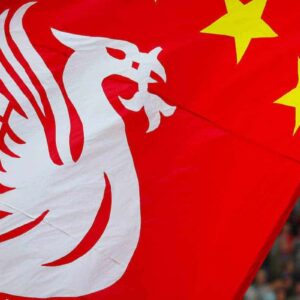


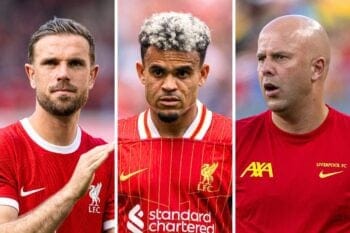
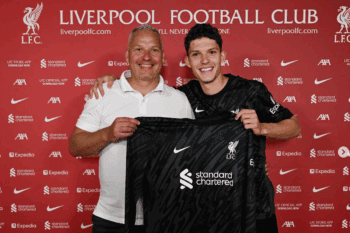






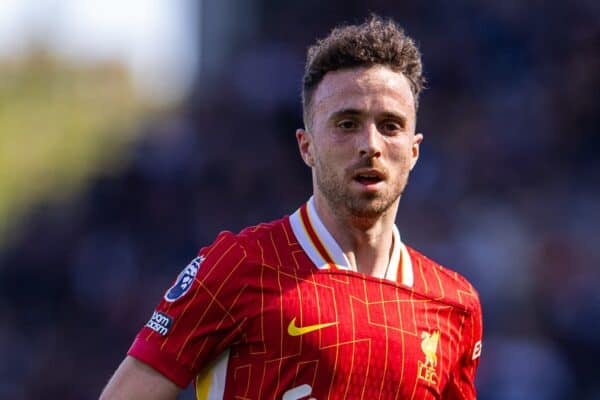
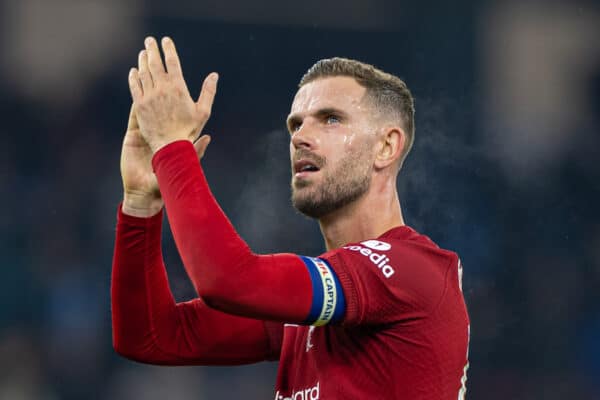



Fan Comments